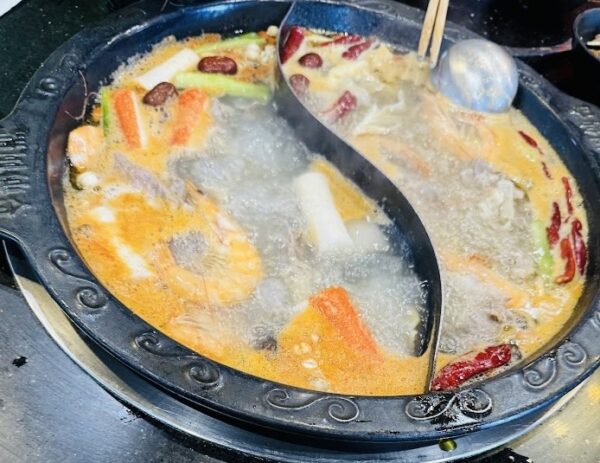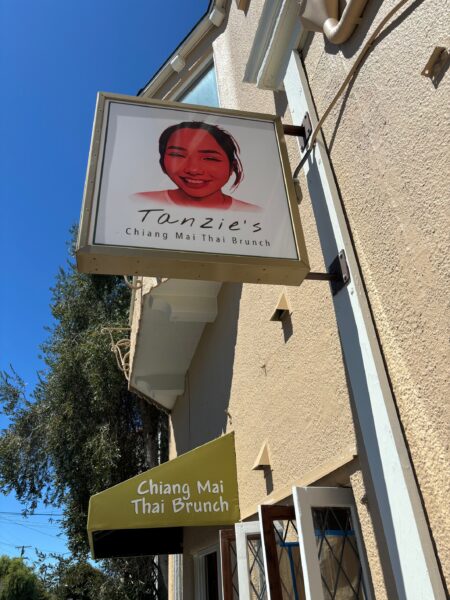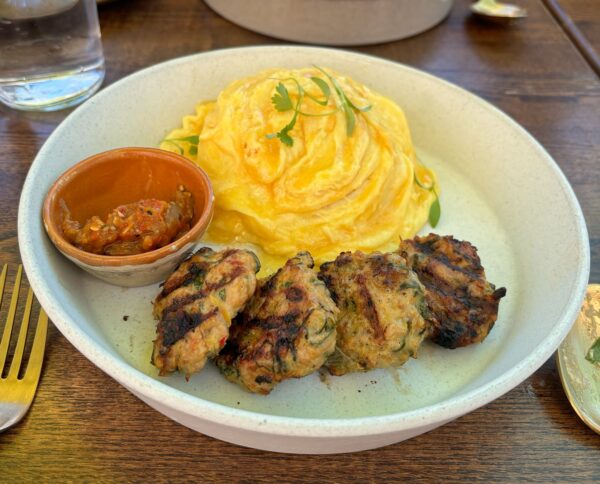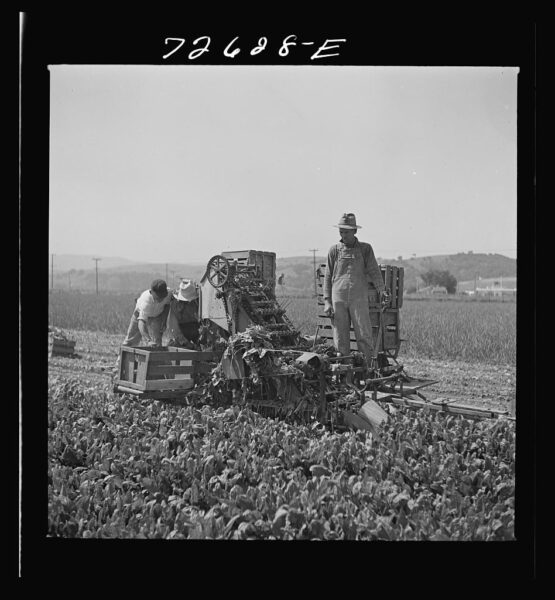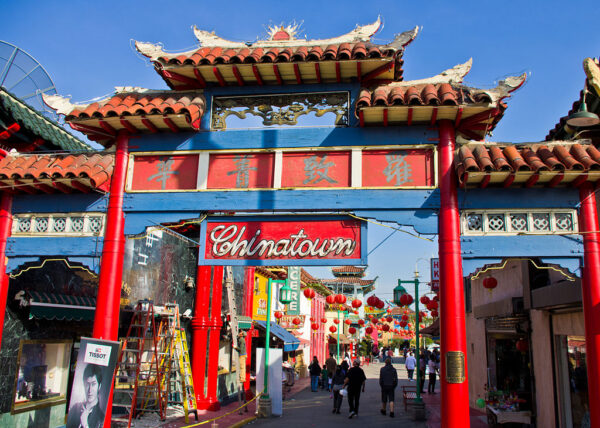
Chinatown, Los Angeles. Walking through there, it’s obvious that the neighborhood is struggling. With broken sidewalks, empty and abandoned stores, widespread vandalism, and a lack of commercial activity, it’s no wonder that hardly anyone walks through these streets. Though there are some cultural attractions and authentic Chinese cuisine, the region as a whole is a far cry from the ethnoburb San Gabriel Valley (SGV), where many affluent Chinese residents migrated to after the decline of Chinatown. Nowadays, Chinatown is one of the poorest regions of Los Angeles with some of the lowest median income and highest rates of poverty. Though there is some new development, the future of Chinatown is a tossup, and it is unclear if the neighborhood will prosper in the future, or wallow in poverty as it had for the past century. But how did we get here?
Located just north of Downtown Los Angeles, Chinatown was historically an important location for Chinese immigrants during the 19th century Gold Rush in the Los Angeles region. Thousands of Chinese immigrants came to Los Angeles to work on the first transcontinental railroad, settling in “Old Chinatown”, a small area consisting of just over a dozen streets in the southeast corner of today’s Chinatown. Though Chinese workers contributed heavily to the railroad industry in Southern California, such as the San Fernando Tunnel which LA’s Metrolink services run through today, their efforts were hardly rewarded. Instead, Chinese residents found themselves facing vitriolic racial discrimination and violence. In 1871, a mob of 500 people stormed Chinatown and killed around 18 people – 8 people were convicted, but those convictions were later overturned. The Chinese Massacre of 1871 would mark one of the darkest days in Chinese American history, but the violence didn’t stop there.
The 1882 Chinese Exclusion Act forbade Chinese immigrants from becoming US citizens; later, the California Alien Land Law of 1913 prevented residents who were ineligible for citizenship from buying land, effectively disallowing Chinese residents to purchase land or become US citizens. Nevertheless, Old Chinatown continued to expand eastward, and the Chinese population grew as the economy shifted from agriculture to an urban economy marked by the service industry. The LAist remarked that Old Chinatown was at its peak around 1900, when it consisted of around 15 streets and 200 units across multiple buildings. However, this growth was about to come to an end with a new train station.
In the 1920s, Los Angeles residents voted for a new train station near Downtown. The new Los Angeles Union Station was constructed in the Chinatown neighborhood, and in the process, it demolished much of Old Chinatown. At the same time, the rest of Old Chinatown was demolished to make way for the 101 freeway during the 1940s and 50s. As a result, only a portion of one building from Old Chinatown remains: the Garnier Building, which houses the Chinese American Museum. Though Old Chinatown was effectively gone, the region would find a second life in a New Chinatown that brought revitalization to the area.
Continue reading →
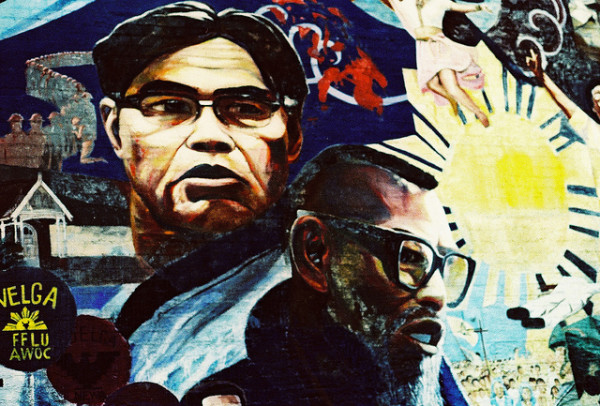 We have talked previously about Johnny Itliong’s StoryCorp recording about his father, the labor leader Larry Itliong, but I thought that the best way to mark the start of Filipino American History Month would be to share this new StoryCorps animation of that recording called “The Men Who Fed America.” The animation accentuates the impoverished living conditions of those Filipino American farm workers and the poignancy and sadness of how they died.
We have talked previously about Johnny Itliong’s StoryCorp recording about his father, the labor leader Larry Itliong, but I thought that the best way to mark the start of Filipino American History Month would be to share this new StoryCorps animation of that recording called “The Men Who Fed America.” The animation accentuates the impoverished living conditions of those Filipino American farm workers and the poignancy and sadness of how they died.



